New Robusta grafting resource will support farmers worldwide
A training and best practices guide for cultivating stronger plants
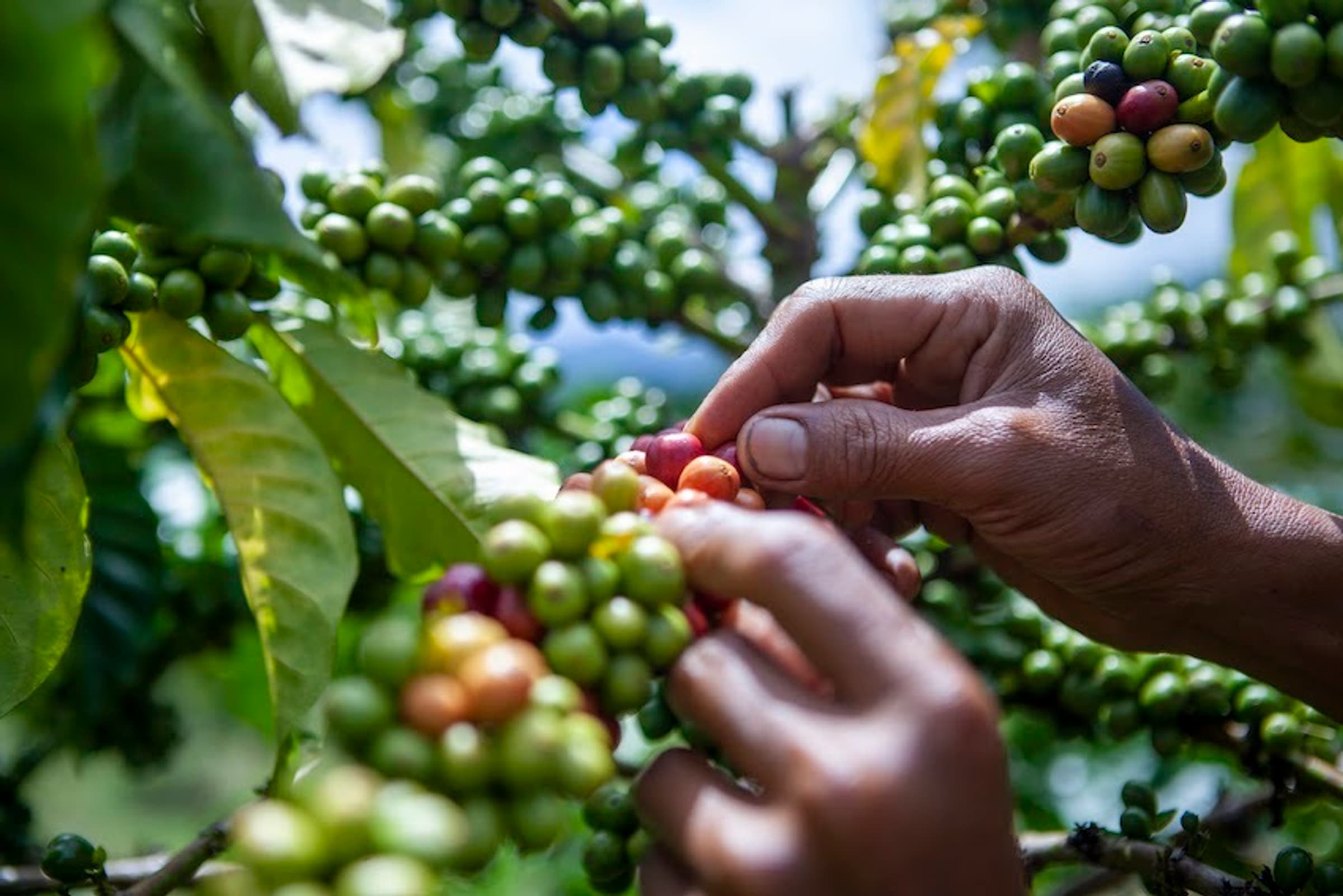
Farmers interested in using grafting—a vegetative propagation technique—to support coffee plant growth and health can now access World Coffee Research (WCR)’s new resource: Grafting Robusta, a nursery training and best practices guide. The guide, published in English, focuses on C. canephora (robusta) grafts, and includes background information regarding the advantages and risks of grafting, an outline of a training procedure to be used in farmer workshops, a step-by-step process that farmers can follow when grafting their own plants, and best practices for maintaining grafted plants.
The resource was designed by WCR to support awareness of grafting as a best practice for successful robusta production. Grafting is currently a common practice in countries like Indonesia—the fourth largest exporter of robusta globally—but is relatively under-utilized in other robusta-producing nations.
"It’s clear that preventative practices like coffee rootstock grafting can help coffee farmers to adapt to ever-changing environmental conditions/effects, and this training and resource will support them in doing so."
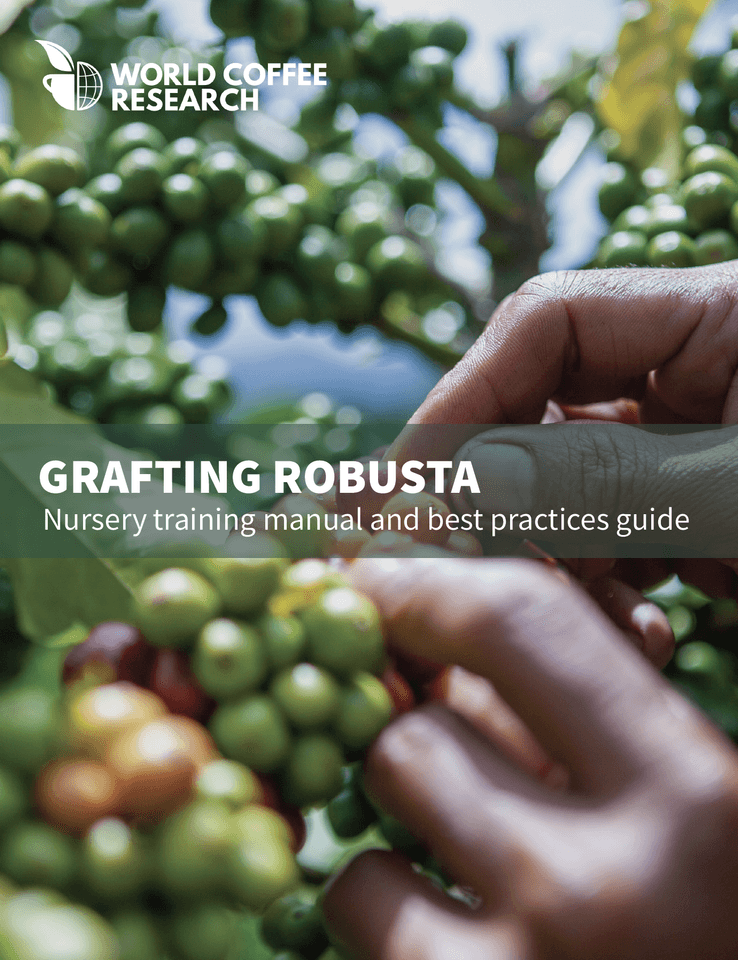
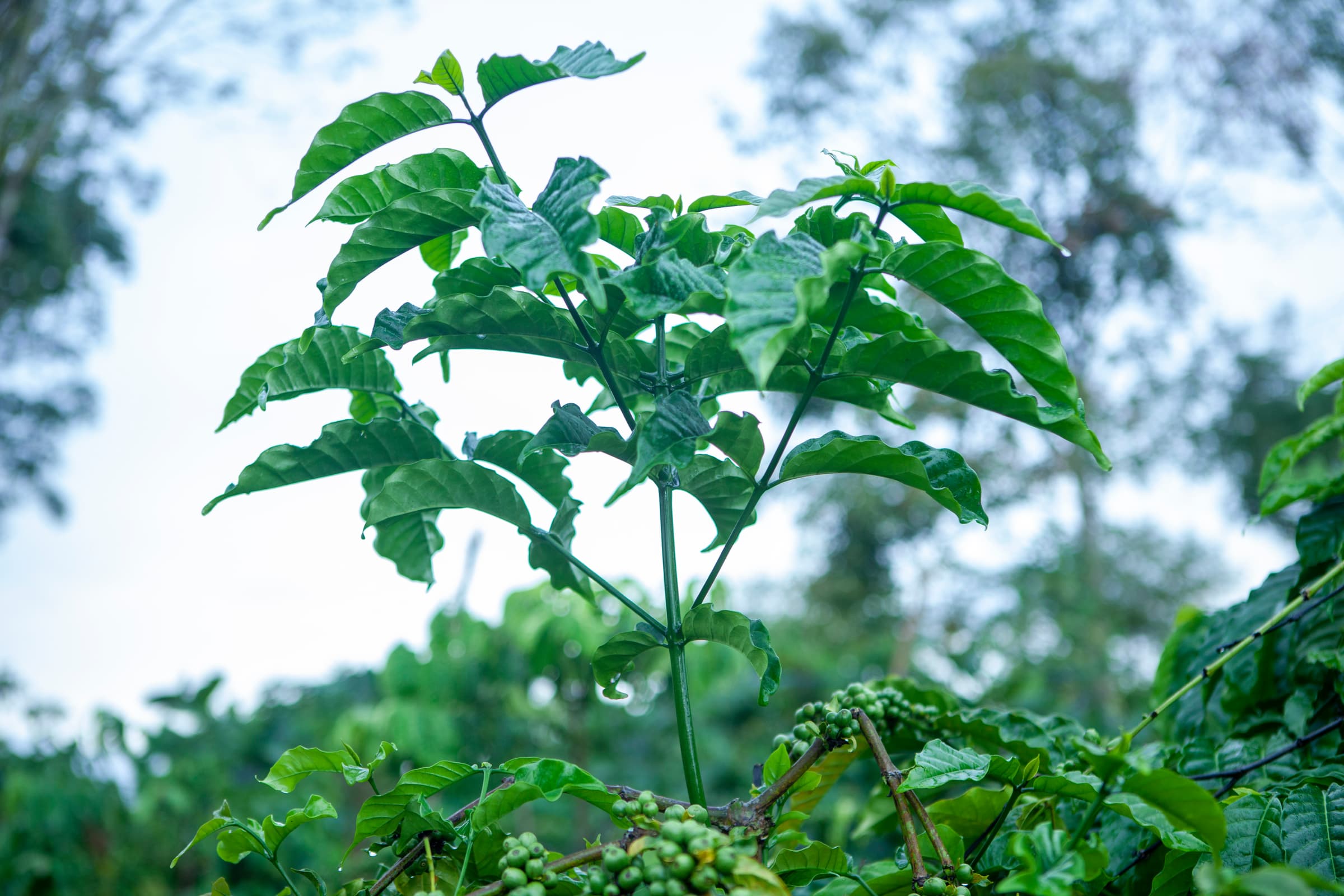
Scion being selected and prepared for grafting. Photo by Armin Hari.
Grafting is a technique used to join parts from two plants to combine the desirable characteristics of each. In grafting, the upper part (scion) of one plant grows on the root system (rootstock) of another plant. Typically, rootstock is selected for its adaptability and capacity to survive certain biotic stressors, such as pests like nematodes, or unfavorable abiotic conditions such as drought. Comparatively, scions—the portion of the joined plant that will produce coffee cherries—are selected from parent trees that are in good health and of high yield or high quality.
With this, grafting allows the production of stronger plants that are more resistant to unfavorable soil conditions, rising temperatures, or other disturbances. In addition, grafting can help accelerate plant production and time to fruiting, which can support farmers in realizing higher yields in shorter periods of time than possible through standard practices. The benefits of grafting may be especially impactful for farmers as they attempt to navigate production in the face of climate change, which has accelerated shifts in weather patterns, increased the vulnerability of coffee to diseases and pests, and decreased the productivity of farms overall.
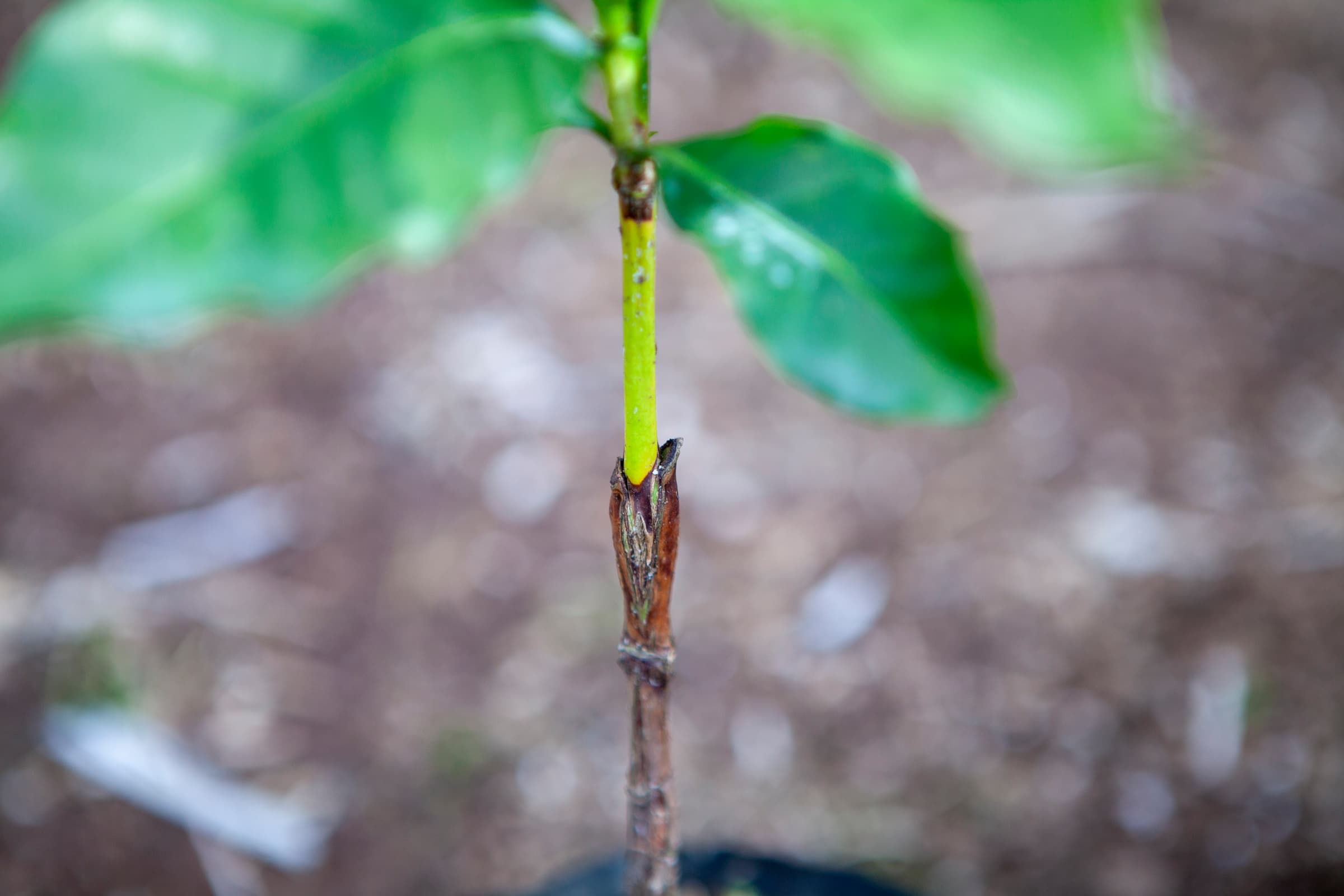
Properly adhered cambium. Photo by Armin Hari.
“Grafting is used in many crops to combine the best characteristics of different cultivars. Usually, a robust, vigorous root system is provided by the rootstock and quality, disease resistance, and similar characteristics come from the scion,” said Emilia Umaña, WCR’s Nursery Development Program Manager, “If performed correctly, grafting can result in better yields and quality for growers.”
The contents of the guide were adapted with permission from materials originally published by the Agricultural Extension & Human Resource Development Agency of Indonesia Agriculture Ministry (BPPSDMP), the Indonesian Coffee and Cocoa Institute (ICCRI), and the Sustainable Coffee Platform of Indonesia (SCOPI) in the “National Sustainable Coffee Curriculum, The Good Agriculture Practices (GAP) and Post-Harvest Training Manual on Robusta Coffee.”
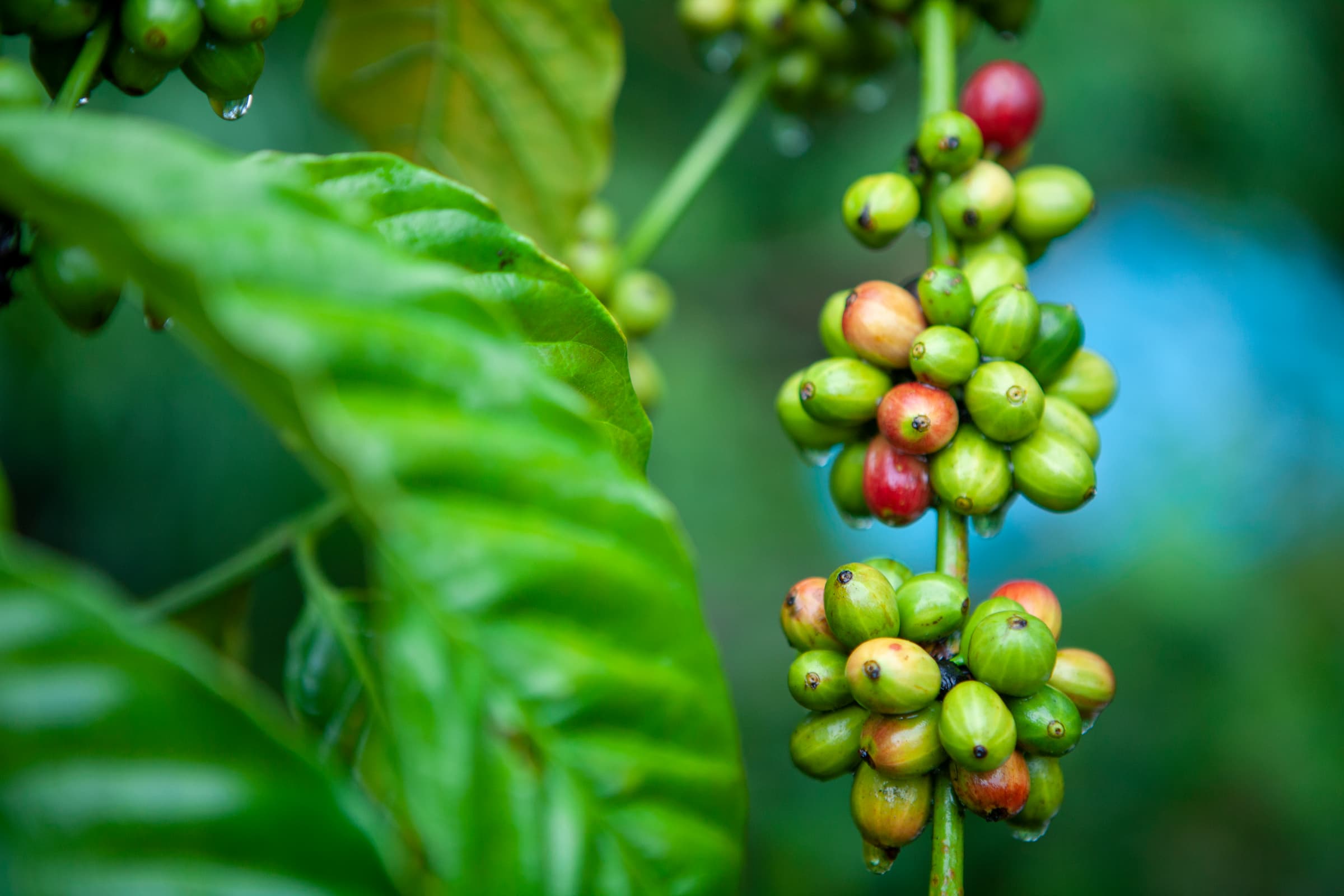
Healthy robusta cherries. Photo by Armin Hari.
Later this year, WCR’s Uganda Country Project Manager, Maureen Namugalu, and Regional Project Manager for Asia, Nuzul Qudri, will use the grafting guide to hold training workshops in robusta-growing areas. The goal of these workshops is to equip participants to train producers to implement grafting on their own farms and use it as a tool to combat the various challenges to sustainable coffee production. Other tools, resources, and workshops to support robusta production are forthcoming from WCR.
“Climate change is a complex problem of immense proportions that bears a significant threat to the future of the coffee industry,” says Namugalu, “However, it’s clear that preventative practices like coffee rootstock grafting can help coffee farmers to adapt to ever-changing environmental conditions/effects, and this training and resource will support them in doing so.”
This guide and its production were supported in part by the generous funding of Strauss Coffee B.V., a WCR member company.